In recent times, the rising cost of groceries has become a growing concern for many households. While quality often demands a premium, some items have reached a price point where they are just not worth the expense anymore. This blog explores 20 such grocery items that have become too costly to justify purchasing.
Organic Avocados
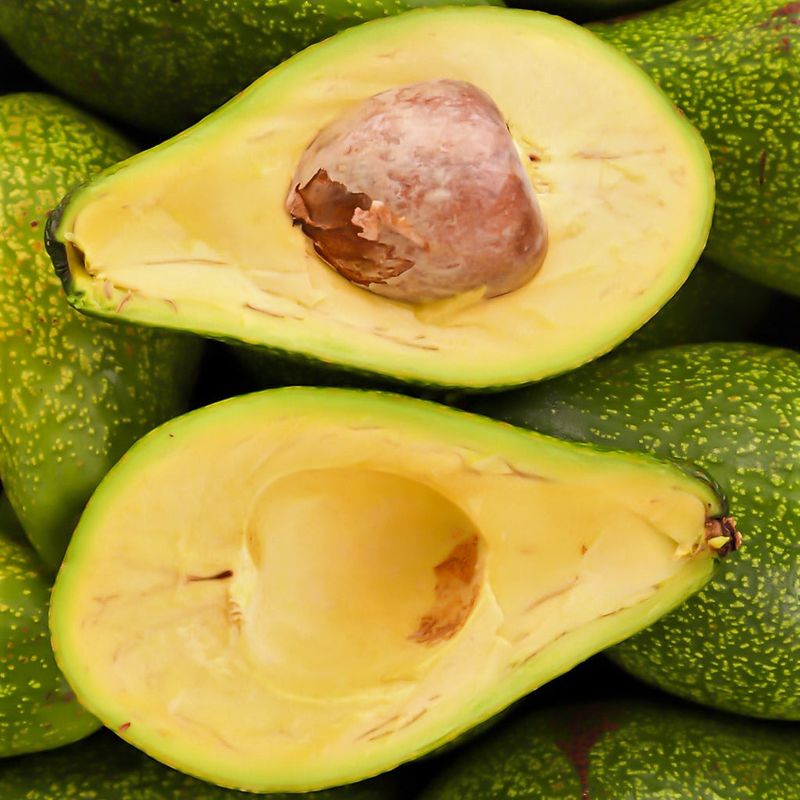
Once a staple of healthy eating, organic avocados have soared in price, making many question their place in the shopping cart. Their creamy texture and rich flavor are undeniably appealing. However, the cost has become prohibitive for many.
This green fruit, known for its healthy fats, faces issues such as weather impacts and labor costs that drive prices high. It’s a classic example of a nutritious food becoming a luxury item. The days of avocado toast without breaking the bank seem like a distant memory.
Almond Milk
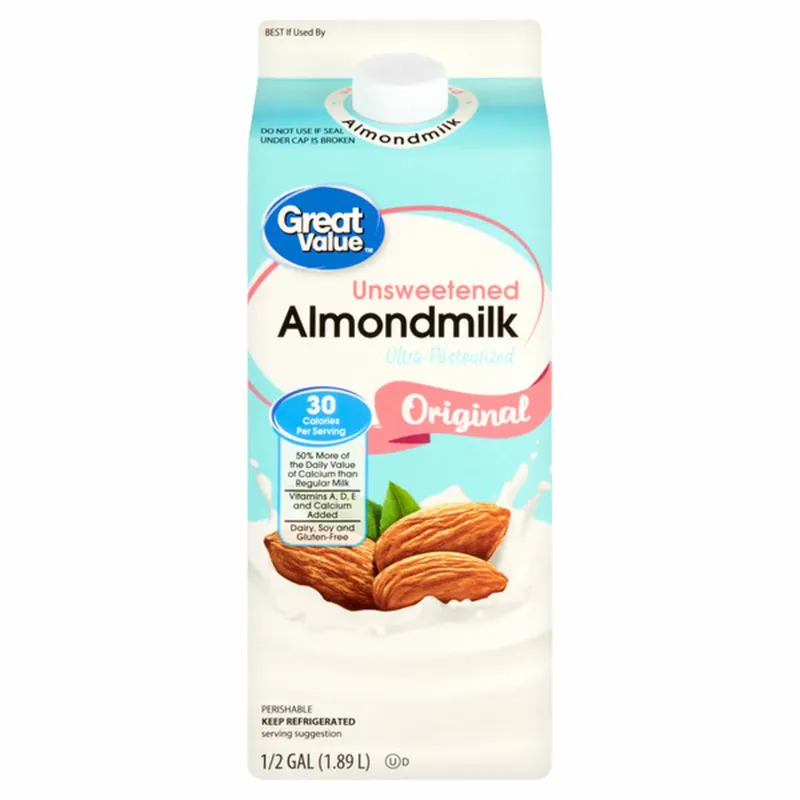
Almond milk, once a trendy alternative for those avoiding dairy, has seen a spike in cost. Despite being a favorite in vegan circles, its price now makes it a tough buy for budget-conscious shoppers.
Production involves significant water use, contributing to its increased price. With environmental concerns and rising demand, almond milk is no longer the cheap dairy alternative it once was. For those looking to save, exploring other options might be wise.
Quinoa
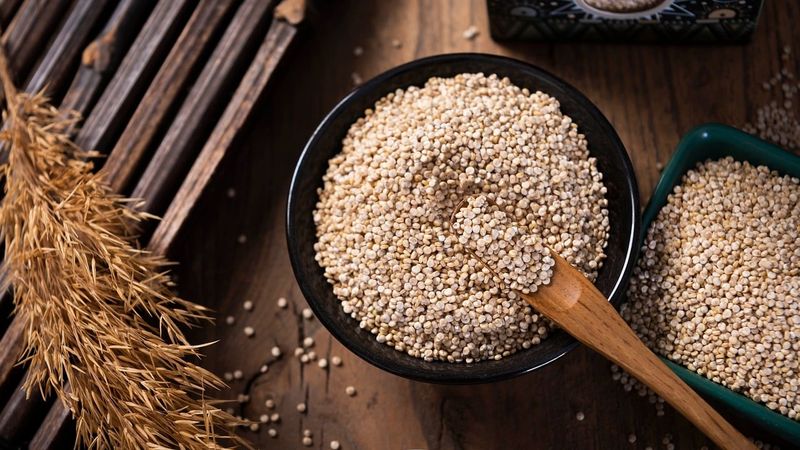
Quinoa, hailed as a superfood, has become a pricey addition to meals. Originating from South America, quinoa’s popularity in Western countries has driven up prices.
This nutrient-rich grain, known for its versatility, has a cost that now rivals traditional staples. Once an affordable alternative, quinoa’s price tag forces consumers to think twice. It’s a reminder of how global demand can transform an ancient grain into a modern luxury.
Free-Range Eggs
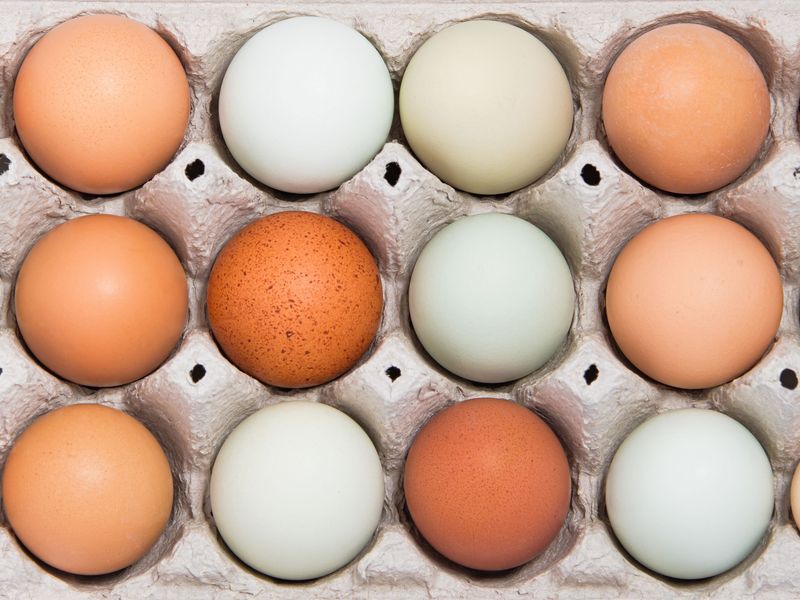
Free-range eggs, once synonymous with ethical eating, now carry a hefty price tag. Their appeal lies in the perceived quality and humane production processes. However, for many families, the cost can be a deterrent.
The higher price reflects the cost of providing better living conditions for hens, but it stretches grocery budgets. For those striving to eat ethically, finding a balance between cost and conscience becomes essential.
Artisanal Bread

Artisanal bread, baked with love and precision, has an irresistible charm. However, the handcrafted quality comes at a premium.
Though the crusty exterior and flavorful crumb are a delight, the price can leave a sour taste. Many opt for cheaper, mass-produced alternatives. The choice between quality and cost is a challenging one, as the price of these loaves continues to rise.
Maple Syrup

Maple syrup, with its rich, sweet flavor, has long been a breakfast favorite. However, the price of this liquid gold has climbed steadily.
Production is labor-intensive, with a short tapping season impacting supply. For pancake lovers, the cost can be prohibitive, turning to less expensive syrups. As prices rise, the choice between authenticity and affordability becomes more pronounced.
Grass-Fed Beef
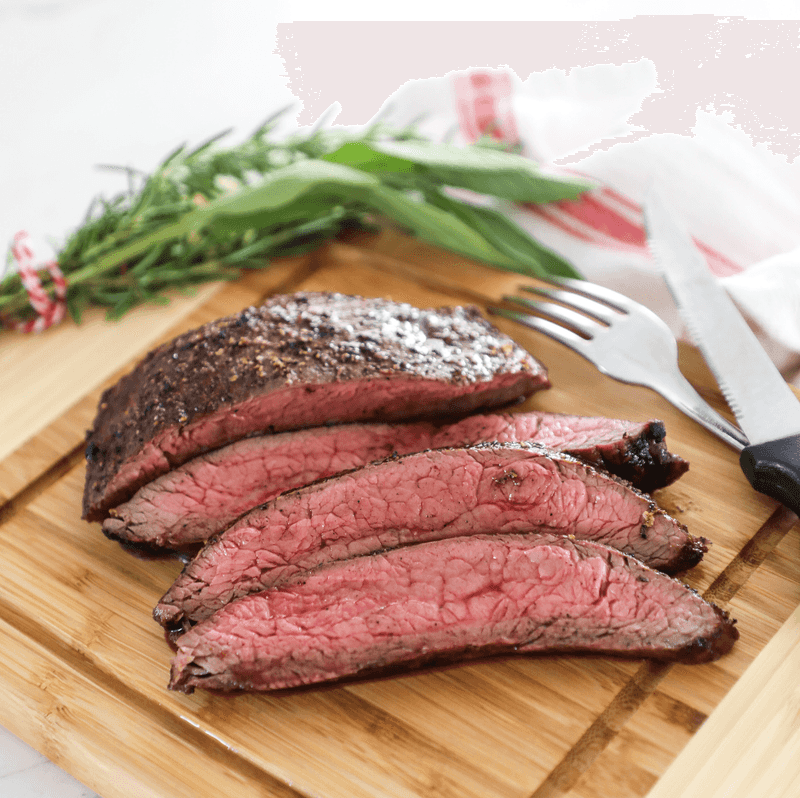
Grass-fed beef promises a richer flavor and more nutrients, but at a steep cost. The benefits, including higher omega-3 levels, are undeniable. Yet, many shoppers balk at the price.
Feeding cattle a grass diet is more expensive, leading to higher prices. For those prioritizing health, the decision between grass-fed and conventional beef is a financial consideration.
Organic Blueberries
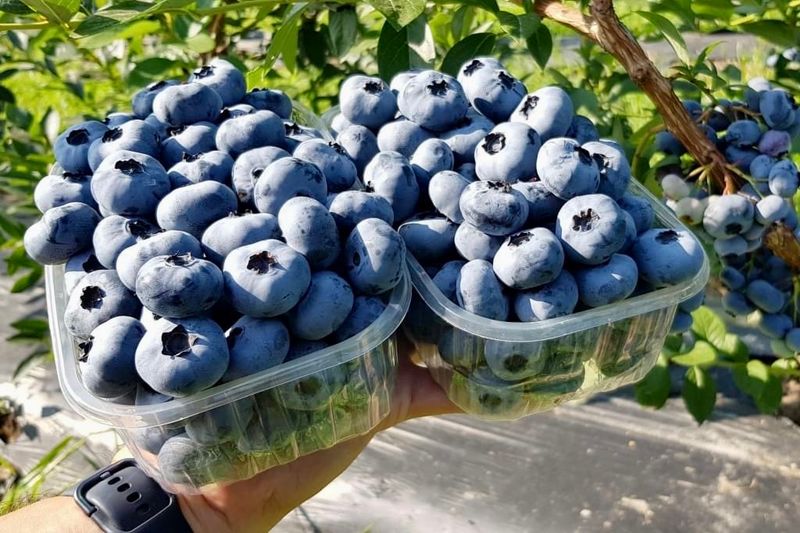
Organic blueberries, with their antioxidant-rich profile, are a beloved snack. Yet, the price for organic variants is notably higher than conventional ones.
Organic farming practices, while beneficial for the environment, drive up costs. This premium price makes organic blueberries a luxury for some. Balancing nutritional benefits with budget constraints is more challenging than ever.
Raw Honey
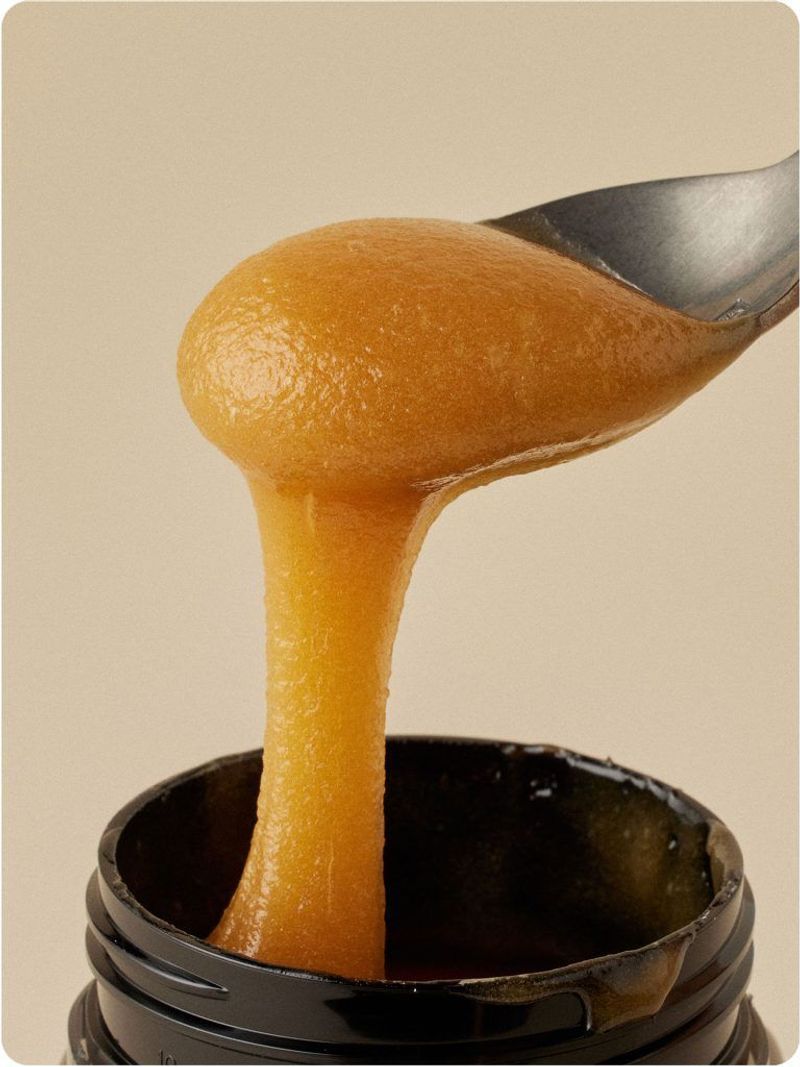
Raw honey, renowned for its purity and health benefits, commands a high price. The natural sweetness and myriad benefits are enticing, yet costly.
The labor-intensive process and declining bee populations contribute to its high cost. For sweetener enthusiasts, choosing between raw and processed honey involves a careful consideration of both health and budget.
Saffron
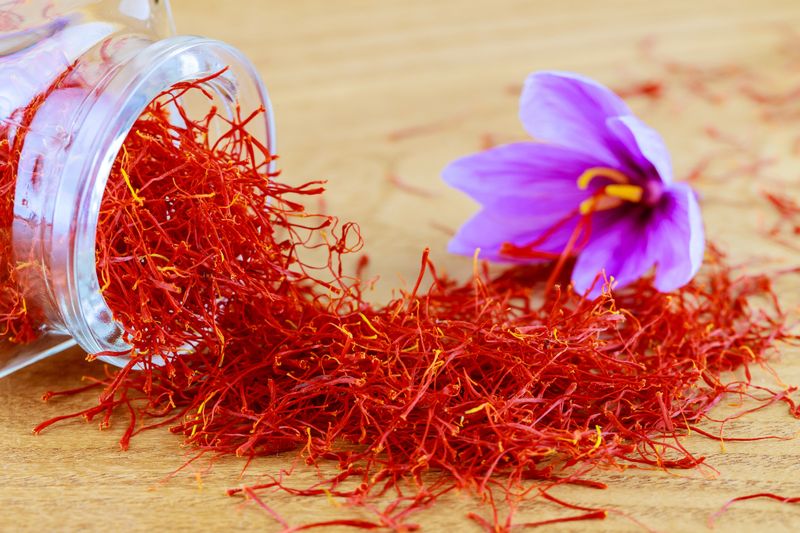
Saffron, the spice of luxury, is known for its unique flavor and vibrant color. Its price is astronomical due to the labor-intensive harvesting process.
Derived from crocus flowers, saffron requires meticulous hand-picking, making it one of the most expensive spices. The choice to indulge in this aromatic delight often depends on its justification within the budget.
Coconut Oil
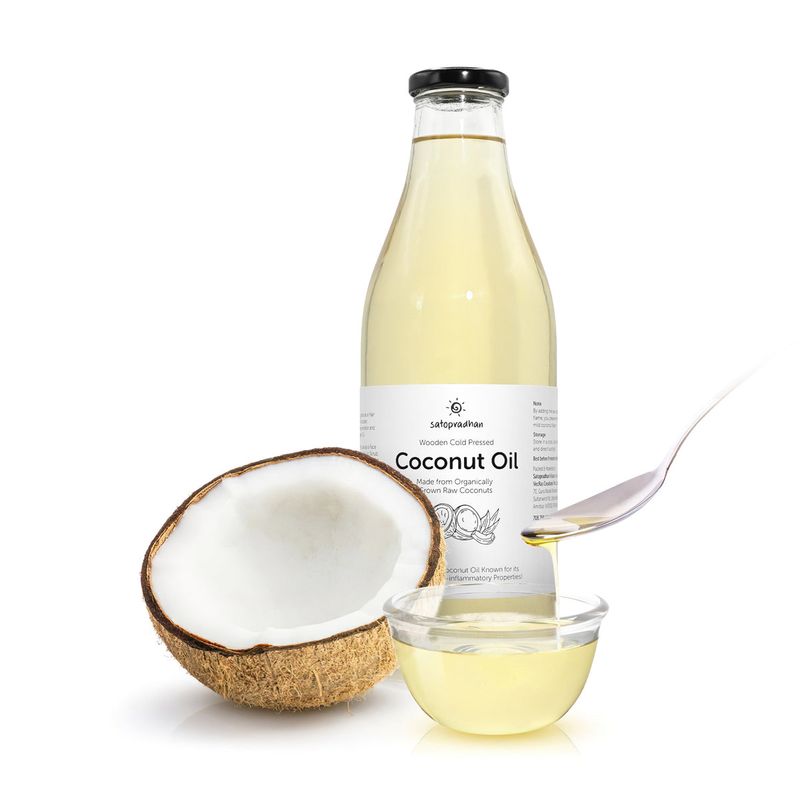
Coconut oil, once lauded for its numerous uses, from cooking to skincare, has seen its price rise. Its versatility is overshadowed by the cost.
The global demand and production complexities contribute to the high price tag. For those who embraced it as a multipurpose staple, the decision to continue purchasing is a financial one.
Chia Seeds
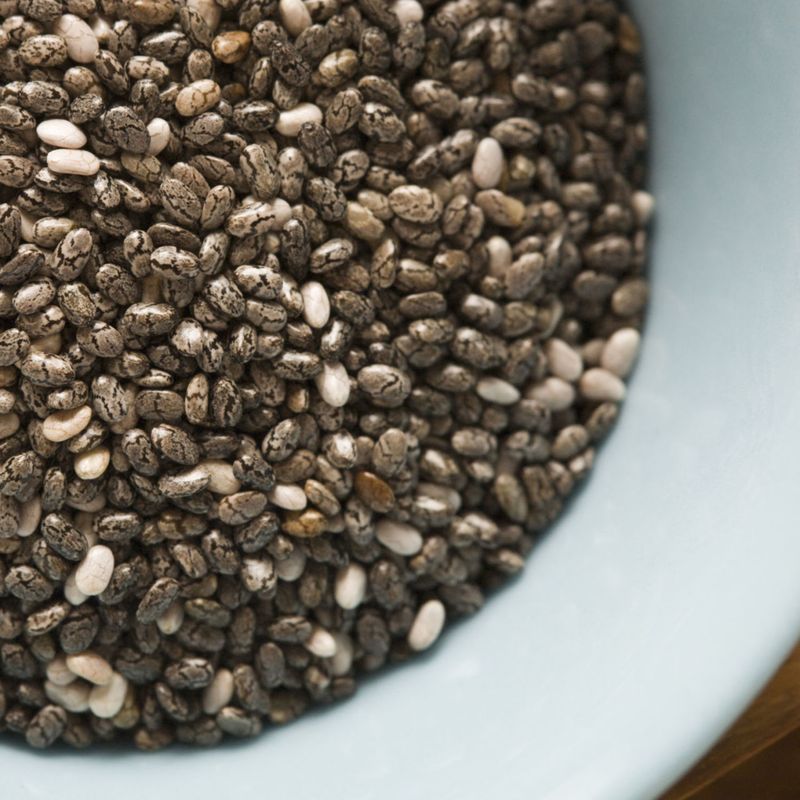
Chia seeds, tiny powerhouses of nutrition, are no longer the cheap addition to diets they once were. Known for their fiber and omega-3 content, they are a favorite in health circles.
However, the increased demand has pushed prices higher. These seeds, once an affordable health food, are now a costly dietary choice for many.
Goji Berries
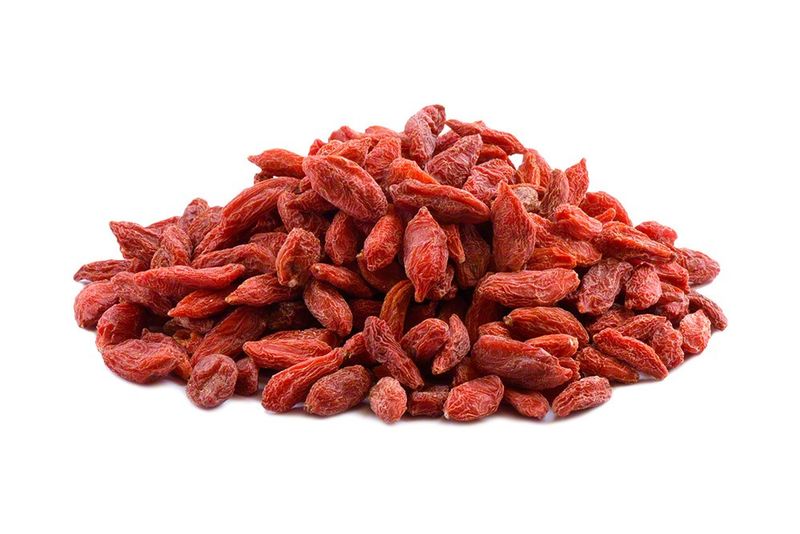
Goji berries, celebrated for their antioxidant properties, are a staple in health food aisles. Yet, their cost is a barrier for many.
The berries’ journey from Asia, coupled with growing popularity, inflates the price. For those striving for health, goji berries represent a significant investment in wellness.
Wild-Caught Salmon
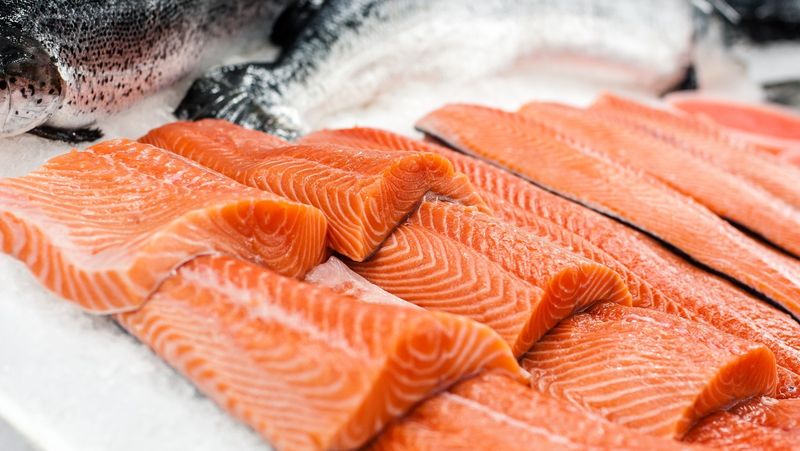
Wild-caught salmon, revered for its taste and omega-3 content, comes at a high price. The allure of this fish is overshadowed by its cost.
Sustainable fishing practices, while environmentally friendly, contribute to the steep price. Consumers face the dilemma of choosing between environmental responsibility and affordability.
Organic Spinach
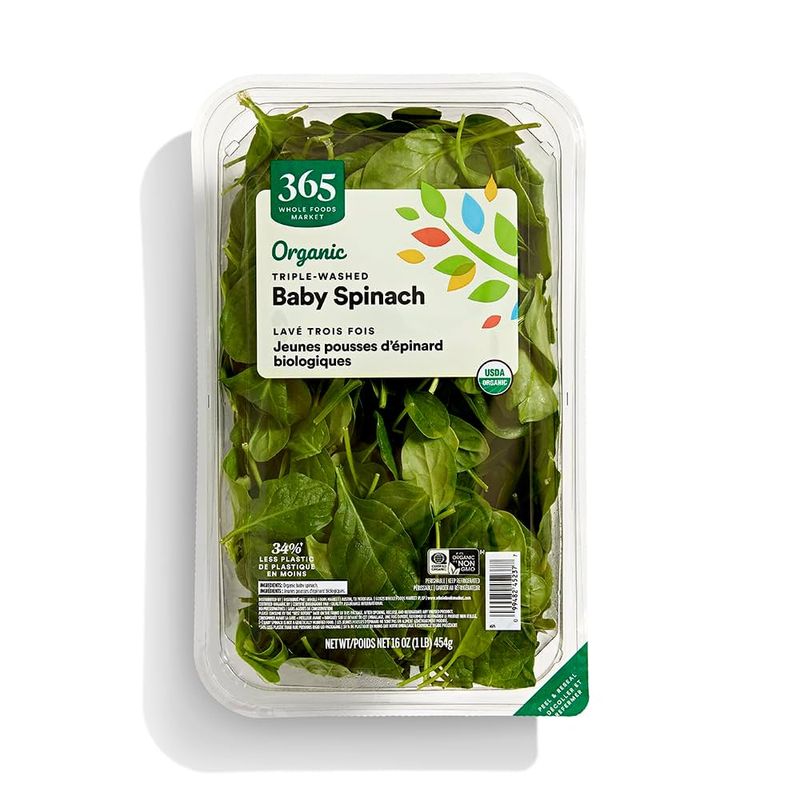
Organic spinach, a leafy green beloved for its health benefits, has seen a price surge. The organic label ensures no pesticides, but this comes at a cost.
The premium price reflects the farming practices, making it a luxury. For health-conscious shoppers, organic spinach represents a costly commitment to wellness.
Pine Nuts

Pine nuts, essential in many culinary creations, are priced steeply. Their buttery flavor enhances dishes but at a financial strain.
The labor-intensive harvesting and limited supply contribute to the high cost. This puts pine nuts in the category of a luxurious ingredient rather than a pantry staple.
Coconut Water
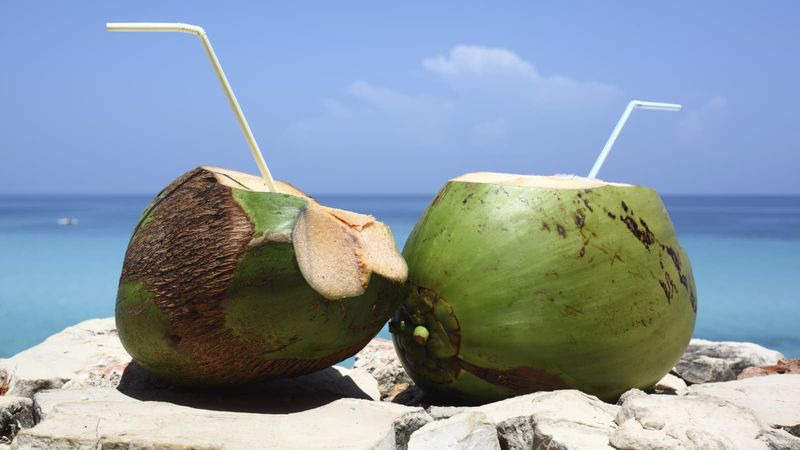
Coconut water, known for its hydrating properties, is no longer the inexpensive refreshment it used to be. Its popularity has driven prices up significantly.
The cost of importing and the demand for this natural beverage contribute to its high price. For hydration seekers, coconut water’s price tag may outweigh its refreshing benefits.
Organic Turmeric
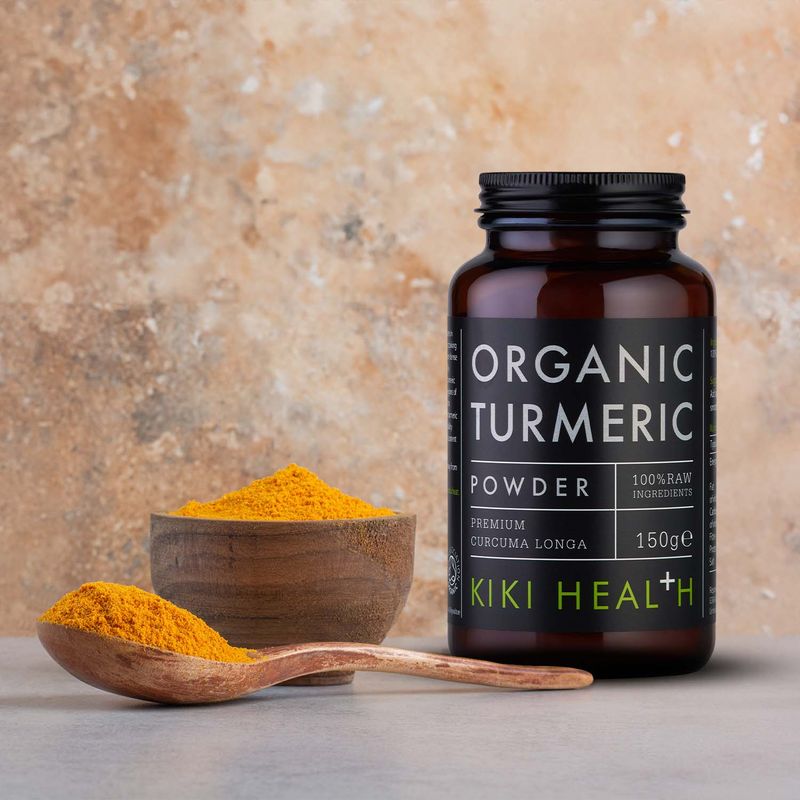
Organic turmeric, famed for its health benefits and vibrant hue, commands a high price. The organic certification adds to its cost.
Turmeric’s popularity in wellness circles has driven demand and prices. For those incorporating it into their diets, the financial impact is notable.
Mangoes
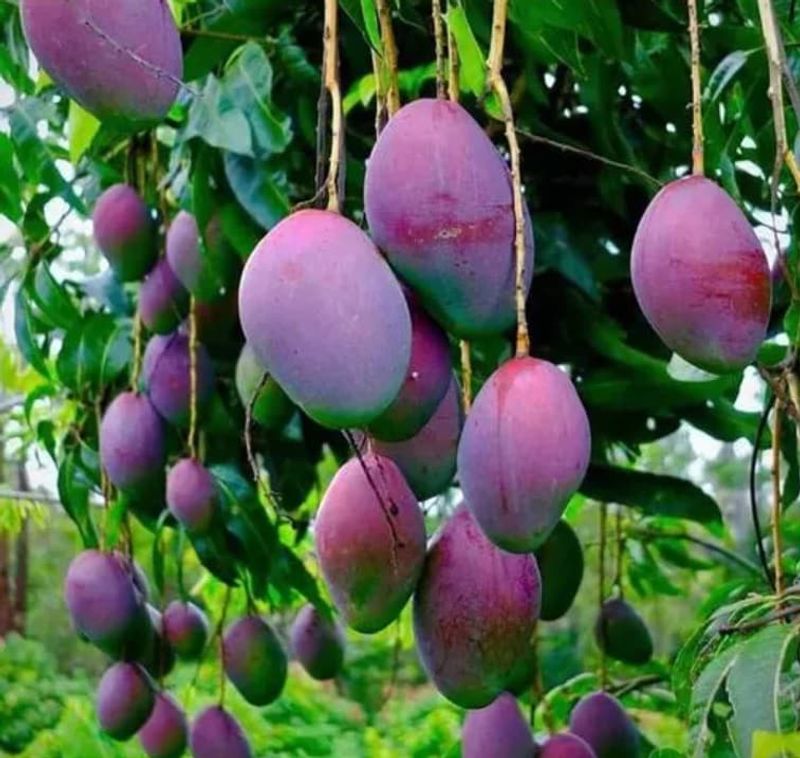
Mangoes, often dubbed the king of fruits, have become a costly delight. Their sweet, juicy flesh is adored worldwide.
Importation costs and seasonal availability contribute to their price. For mango lovers, the decision to indulge often balances cost against craving.
Cashew Butter
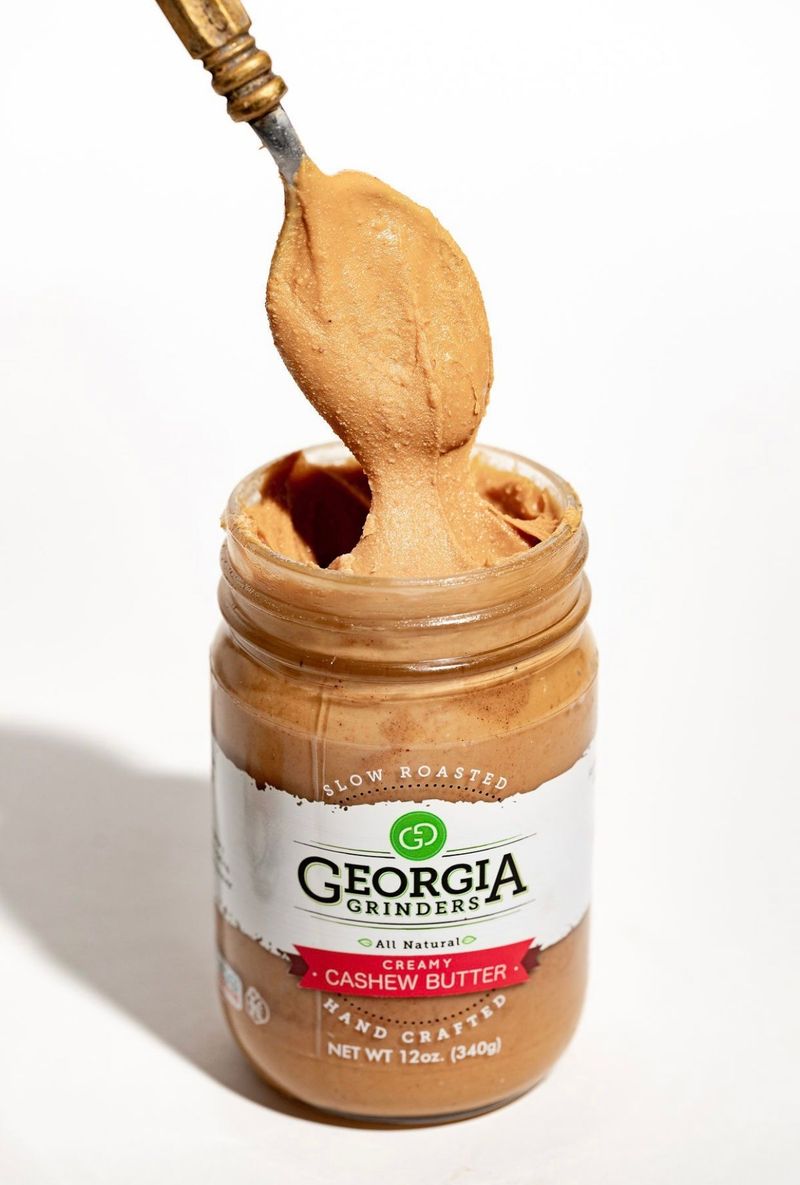
Cashew butter, a smooth and creamy alternative to peanut butter, comes at a price. Its rich taste and texture are appealing but costly.
The intensive processing and demand for cashews raise its price significantly. For those who enjoy it, the decision to buy involves a careful consideration of budget priorities.
Leave a comment